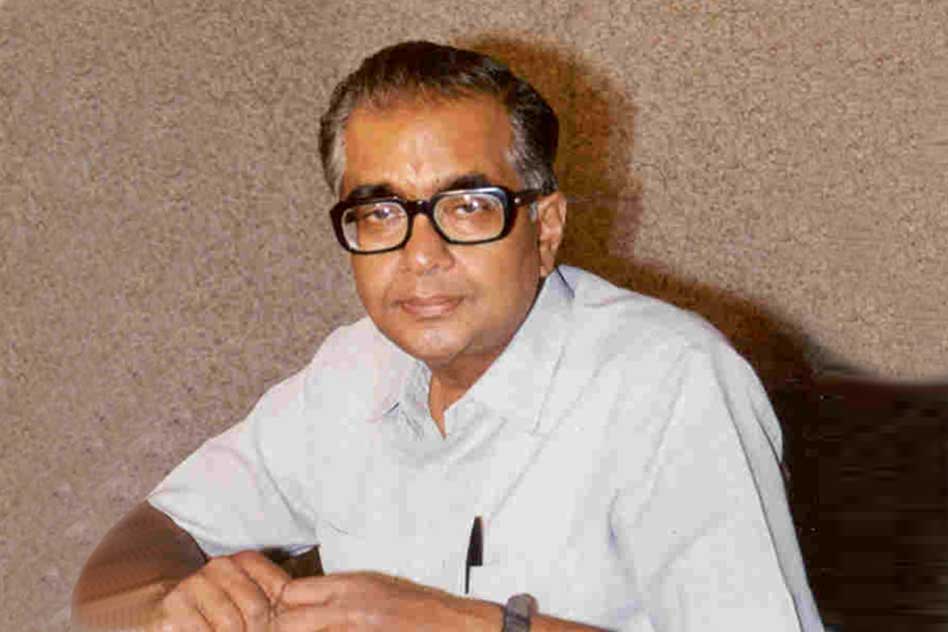'Black Hole Man Of India' Whose Papers Shaped Our Understanding Of Black Holes Passed Away Today
17 Jan 2017 12:21 PM GMT
Indian Scientist, Professor C V Vishveshwara, who was a pioneer in the research on black holes, passed away today after prolonged illness.
Professor Vishveshwara was born in 1938 and is survived by his wife, Professor Saraswathi and two scientist daughters Namitha and Smitha.
It is a great loss to the nation. His achievements have made India proud.
His Research:
Professor Vishweshwara was the first to analyse the structure of black holes even before the term was coined, thereby demonstrating the existence of the ergosphere. He also established the stability of the non-rotating Schwarzschild black hole. He probed into the research of black holes in cosmological backgrounds and detected the importance of black hole physics.
In his initial years as a student, he was interested in particle physics and later developed an interest in General Relativity. He held a PhD and served as a senior professor at the Raman Research Institute and the Indian Institute of Astrophysics.
His Achievements:
Professor Vishveshwara specialised in Einstein’s General Relativity and worked extensively on the theory of black holes. He analysed the form of black holes.
He set up a three-year-undergraduate programme called Research Education Advancement Programme in Physical Science at Jawaharlal Nehru Planetarium where he served as a Director. Under this undergraduate programme, students were taught the fundamentals of Biology and Physics by practising scientists. The students who were involved were also sent for research at institutes like Indian Institute of Science, Indian Institute of Astrophysics, The National Centre for Biological Sciences.
He also made remarkable contributions in other areas of general relativity like gravitational collapse, exact solutions of Einstein’s field equations, and inertial forces.
His contribution towards the discovery of gravitational waves was exemplary. He predicted and gave the shape to the signal characterised and emitted by two black holes, which was the basis for determining the shape of the waves detected in 2015 by the LIGO detector.
His works:
His books like ‘Ëinstein’s Enigma or Black Holes in My Bubble Bath’ were widely acclaimed by the readers and many Nobel Laureates. He authored technical papers and co-edited volumes on astrophysics, the cosmology which was brought up by many publishers like Kluwer Academic Publishers and Cambridge University Press.
He was inspired by his father C K Venkata Ramayya who was a Padmashri awardee and a writer himself.
The Logical Indian pays respect to the great man and offers condolences to the bereaved family.
 All section
All section














